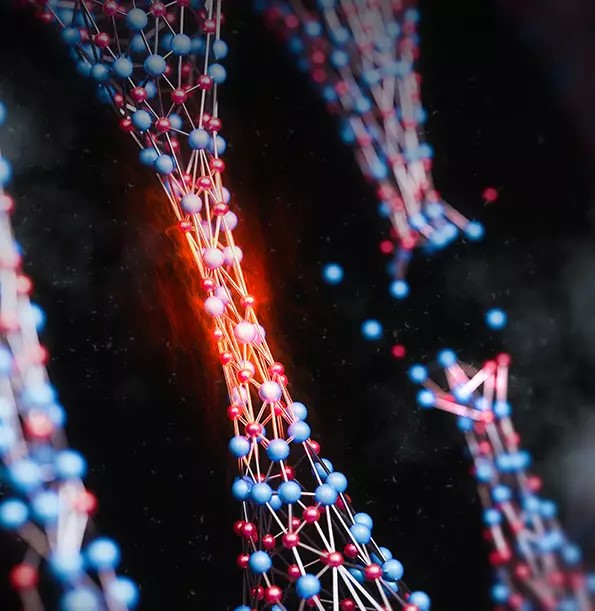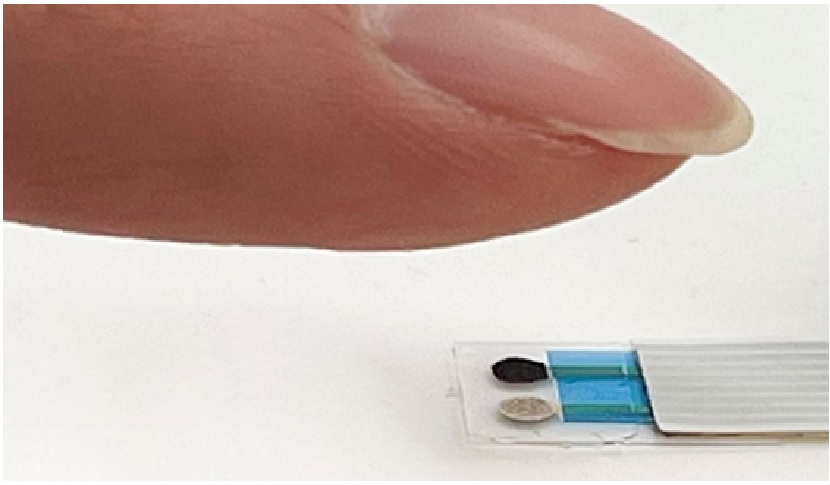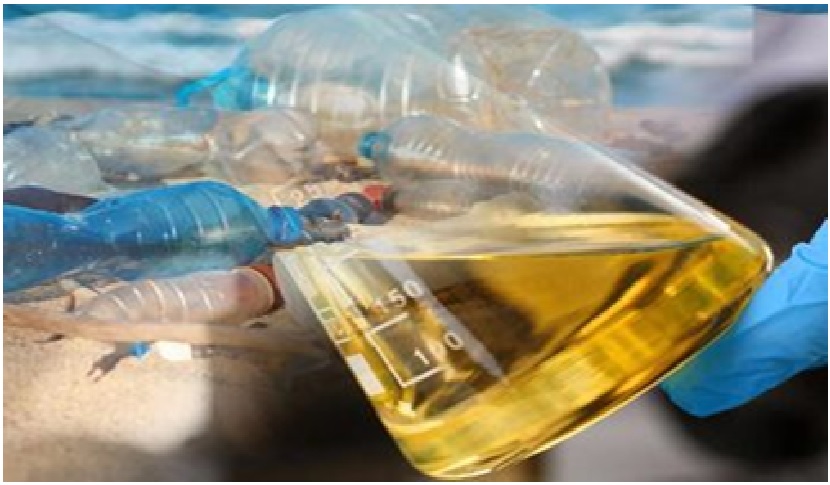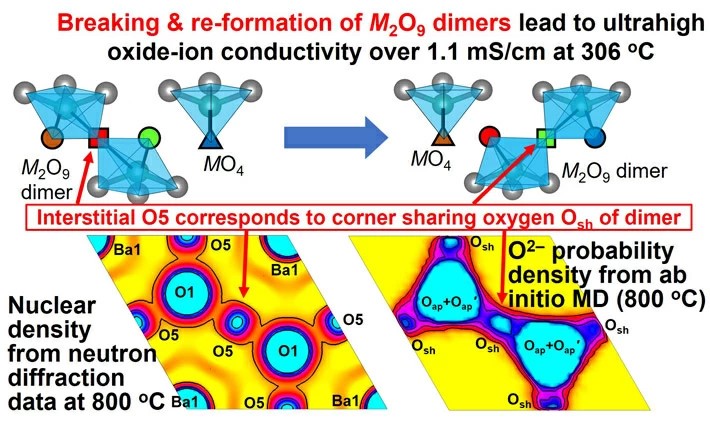New Ultra Strong Material for Microchip Sensors
In the realm of material science, there's a new kid on the block that's creating quite a buzz: amorphous silicon carbide (a-SiC). Researchers at Delft University of Technology, led by the brilliant Assistant Professor Richard Norte, have unveiled this remarkable material with the potential to revolutionize various fields. Its exceptional strength, coupled with unique mechanical properties crucial for vibration isolation on microchips, makes amorphous silicon carbide an exciting prospect for ultra-sensitive microchip sensors. But the applications don't stop there. From advanced solar cells to space exploration and DNA sequencing, the possibilities seem endless.

Figure 1. Nanostrings. (Credit: Delft University of Technology)
Understanding Amorphous
To truly grasp the significance of amorphous silicon carbide, it's essential to understand what sets it apart. Most materials have atoms arranged in a regular, crystalline pattern, much like an intricately built Lego tower, contributing to their properties. Think of diamonds, known for their perfectly aligned carbon atoms. Now, amorphous materials are different. They resemble a random pile of Legos, with atoms lacking a consistent arrangement. However, this randomness doesn't make them fragile. In fact, amorphous silicon carbide is a testament to strength emerging from such disorder.
Incredible Strength
The tensile strength of this new material is an impressive 10 GigaPascal (GPa). To put this in perspective, imagine trying to stretch a piece of duct tape until it breaks. To simulate the tensile stress equivalent to 10 GPa, you'd need to hang about ten medium-sized cars end-to-end off that strip before it breaks. This incredible strength opens up a world of possibilities.
Innovative Testing
The researchers at Delft University employed an innovative method to test the material's tensile strength. Instead of traditional methods that might introduce inaccuracies due to how the material is anchored, they turned to microchip technology. By growing films of amorphous silicon carbide on a silicon substrate and suspending them, they leveraged the geometry of nanostrings to induce high tensile forces. This microchip-based approach not only ensures unprecedented precision but also paves the way for future material testing.
Nanostrings: Building Blocks of Strength
Figure 1 is an illustration of nanostrings. Why the focus on nanostrings? Nanostrings are the fundamental building blocks, the very foundation that can be used to construct more intricate suspended structures. Demonstrating high yield strength in a nanostring translates to showcasing strength in its most elemental form.
Scalability
What sets amorphous silicon carbide apart is its scalability. While materials like graphene and diamonds are known for their strength, they have limitations when it comes to production. Graphene, a single layer of carbon atoms, is challenging to produce in large quantities. Diamonds, though immensely strong, are either rare in nature or costly to synthesize. Amorphous silicon carbide, on the other hand, can be produced at wafer scales, offering large sheets of this incredibly robust material.
Conclusion
"With amorphous silicon carbide's emergence, we're poised at the threshold of microchip research brimming with technological possibilities," concludes Norte. This material has the potential to transform not only microchip technology but also a wide range of applications, from solar energy to space exploration.
Source: Delft University of Technology
Cite this article:
Hana M (2023), New Ultra Strong Material for Microchip Sensors, AnaTechMaz, pp. 292















